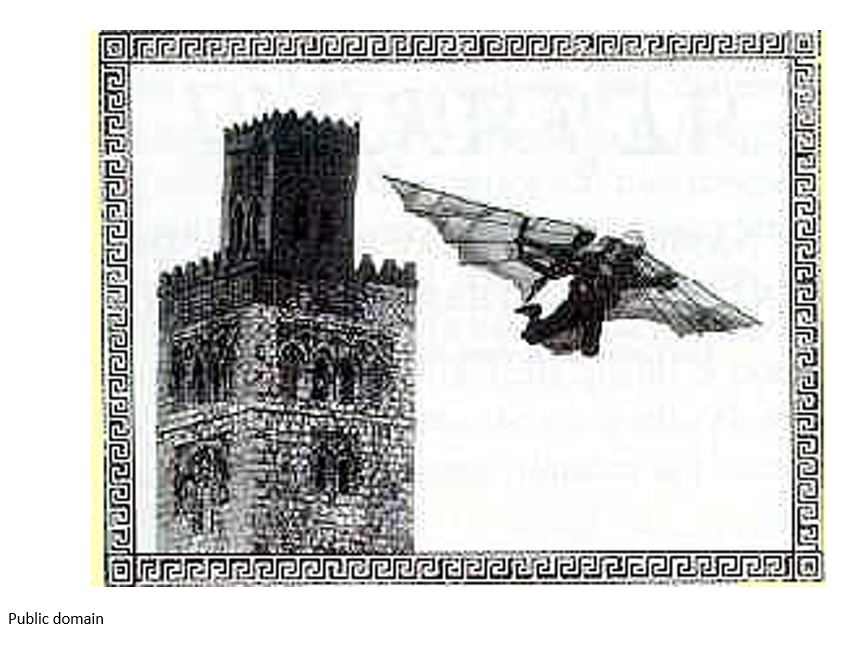6th Grade Islamic Spain Inquiry
Why Was the Caliphate of Córdoba a Success?
Download the Entire Inquiry Here
Why Was the Caliphate of Córdoba a Success?
Download the Entire Inquiry Here
Staging the Compelling Question
The compelling question may be staged by having students discuss the role of dialogue among people of different religious faiths. To support students in their discussion, teachers may present information regarding the United Nations World Interfaith Harmony Week or have students read the information in the featured source for Staging the Compelling Question.
Supporting Question 1- How did the Muslims come to rule Spain?
- Source A: Map bank: Establishment and growth of the Islamic Empire and caliphate of Córdoba Establishment and Growth of Islamic Empire, 622 to 750 CE
Caliphates are a type of Islamic government ruled by a caliph. Mohammad was the founder and original leader of Islam. Following his death in 632 CE, a series of four caliphs ruled the Islamic empire: Abu Baker (632 to 634 CE), Umar ibn al-Khattab (634 to 644 CE), Uthman ibn Affan (644 to 656 CE), Ali ibn Abi Talib (644 to 661 CE). Following the death of Ali ibn Abi Talib in 661 CE, the Umayyad Caliphate was established.
The Abbasid Caliphate replaced the Umayyad Caliphate throughout much of the Islamic world in the 8th century. However, Spain remained under the control of an Umayyad prince named Abd-al Rahman I. The successors to Rahman I established the Caliphate of Cordoba in 929 CE. - Source B: Abd al-Rahman III, letter proclaiming himself Caliph of Cordoba, 929 CE Excerpt from David J. Wasserstein’s The Caliphate in the West: An Islamic Political Institution in the Iberian Peninsula. Copyright ©1993. Clarendon Press.
Supporting Question 2- How was Córdoba a center of learning and innovation?
- Source A: Source bank: Descriptions of Cordoba as a center of learning
- Source B: Artist unknown, illustration of Abu al-Qasim al-Zahrawi’s surgical instruments, 10th century CE Abu al-Qasim al-Zahrawi has been referred to as the “father of modern surgery.” He created a thirty-volume encyclopedia of medical practices known as the Kitab al-Tasrif. His contributions to medicine include inventions such as the lithotomy scalpel, syringe, forceps, and the bone saw.
Source C: Artist unknown, drawing of Abbas ibn Firnas flying, no date NOTE: Abbas ibn Firnas (810-887 CE) was a physician, engineer, musician, poet, and inventor in Islamic Spain. His inventions included the water clock, a metronome, and a device that simulated the motions of the cosmos. He is most famous for an alleged experiment in which he may have created an early flying apparatus. 
Supporting Question 3- What was the Great Mosque of Córdoba?
- Source A: Image bank: The Great Mosque NOTE: Construction of what became the Great Mosque of Cordoba began around 600 CE as a Christian Visigothic church. After Muslims conquered Spain in 711, the Christian Visigothic church was divided into Muslim and Christian halves. Muslims and Christians shared the church until 784, when Abd al-Rahman I purchased the Christian half and demolished the entire structure and build the Great Mosque of Cordoba. The Great Mosque was the biggest public project during the reign of Abd al Rahman I and the second largest mosque in the world when it was completed. The mosque served as a symbol of Islamic rule and as a city center. After the Spanish Reconquista, the mosque was converted into a Christian church and some of its Islamic features replaced with Baroque style architecture. Today it is a UNESCO World Heritage Site.
- NOTE: This image shows some of the nearly 900 total columns in the Hypostyle Hall, which is the main space in the Great Mosque of Cordoba. These columns were made with jasper, marble, and granite materials that had been taken from the ruins of Roman buildings. The Dome of the Rock in Jerusalem inspired the red and white colors.
- Inside View of the Dome at the Great Mosque
NOTE: Muslim architects often incorporated regional traditions into their architectural designs. This crisscrossing pattern pre-dates styles that would become popular in European architecture.
Supporting Question 4- How were Christians and Jews treated in Córdoba?
- Source A: Image of Abd al-Rahman III receiving the ambassador NOTE: Jews and Christians in Islamic Spain were given special citizenship status as dhimmis, which translates to “protected people.” Because Jews and Christians were “people of the book” they experienced a relatively high degree of religious and social freedom, although they were required to pay an annual tax. Jews and Christians from Europe and the Middle East visited the Caliphate of Cordoba to access the extensive collection of books and libraries available there. This painting depicts the arrival of a Christian monk in the court of Abd al-Rahman III in Medina Azahara.
- Source B: Hasdai ibn Shaprut, letter to Joseph Khagan of the Khazars describing Islamic Spain (excerpts), c960 CE Reprinted from Masterpieces of Hebrew Literature: Selections from 2,000 Years of Jewish Creativity, edited by Curt Leviant, by permission of the University of Nebraska Press. Copyright 1969 by Curt Leviant. Published by the Jewish Publication Society, Philadelphia.